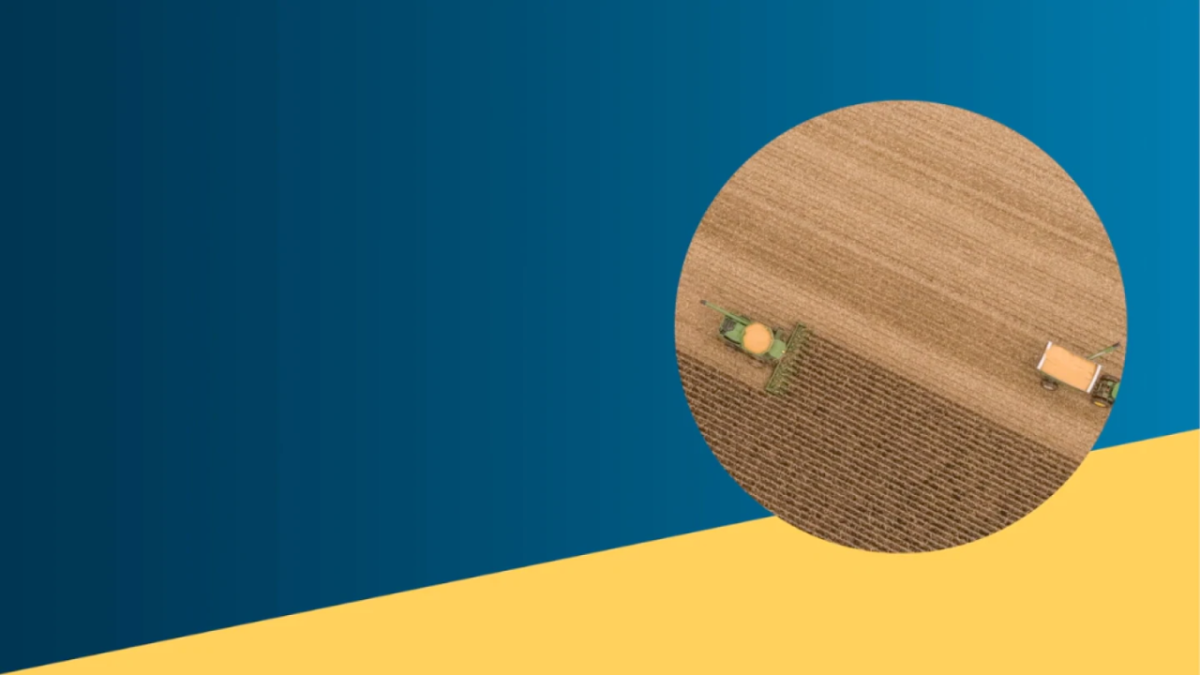Short Corn Is Smart Corn

How do we grow enough to feed and fuel the world around us? Could we create a more sustainable, healthy and resilient food system while helping farmers create better harvests with less land, water and energy? We believe we can. And we believe that work starts before the seed even reaches the soil.
On a farm, the challenges can mount quickly.
Weeds, crop disease, and pests are just the beginning. Today, climate change, declining natural resources, and supply chain issues are making the job even more complex.
And farmers are serving a world that needs them more than ever — a world where 800 million people still face hunger every day.
At this pivotal moment we need breakthrough technologies for a smarter approach. We need entirely new systems that optimize our inputs and outcomes.
And we need to do it all in a way that sustainably benefits the environment and growers. But when we rise to tackle these challenges in the field…
…we’re discovering when the stakes are high, the solutions may be short.
A combination of better genetic understanding and digital processes has finally harnessed what previous generations of farmers and scientists could only dream about.
Changing the way a plant grows is not a short process to explain, but here’s the key kernel: it all starts inside the seed, with the genetics, where our scientists can identify and select existing genetic traits in corn that affect its height.
The result: shorter corn.
Short stature corn (just like shorter wheat and rice before it) has stronger stalks due to the reduced height, which are less likely to break or fall over in high winds.
Shorter plants also make the corn fields more accessible to standard ground equipment longer into the season, creating the opportunity for more timely, precise applications of crop protection products and other inputs.
But what happens inside a seed is only half of the story when it comes to growing crops.
Every region on Earth–every farm, every field–has a unique, complex set of variables affecting yields.
And these factors are constantly changing day-to-day, week-to-week, season-to-season.
Flexibility to precisely manage a crop in-season, based on changing external factors, is critical.
Real-time data about soil, water, humidity, temperature and more, can inform better product selection and more efficient use of resources.
The Smart Corn System
This biological and digital understanding of the relationship between crop and environment is at the center of the Smart Corn System. Powered by short stature corn, it provides:
- Fewer growing risks, resulting from less crop loss.
- Farmers the ability to be more precise in the use of inputs such as crop protection products and fertilizer with standard ground equipment.
- Ability to grow more from the same land area, which has the potential to help minimize land use.
The real impact comes when this system is applied at scale: trillions of seeds that find their way to millions of acres each year that eventually feed and fuel billions of people.
And, importantly, the Smart Corn System has the potential to be customized to specific grower needs across various geographic regions.
Imagine a world where hunger is a thing of the past.
This emerging tech is critically needed for our ability to feed 10 billion people on the planet by 2050.
Just like the leap from typewriters to texting…
Or from a calculator to a supercomputer in your own front pocket…
The Smart Corn System is just one example of a life-changing ag technology…with a potential that is only the beginning…
In short, it’s pretty incredible.
… creating a new technology that transforms how we feed a hungry world smarter and more sustainably.
View original content here.

